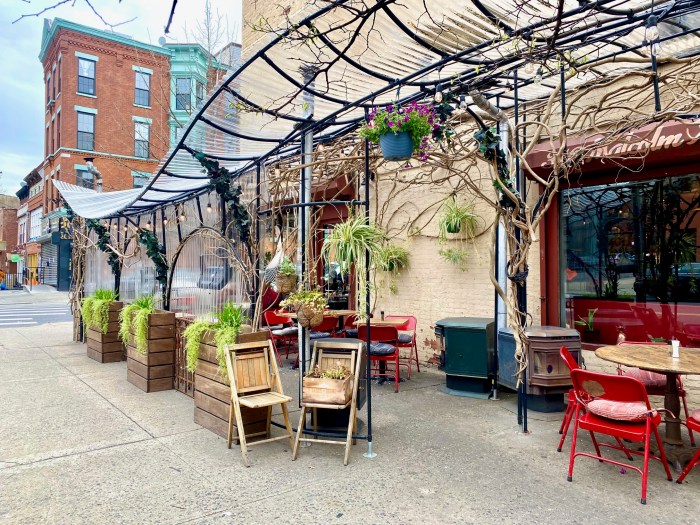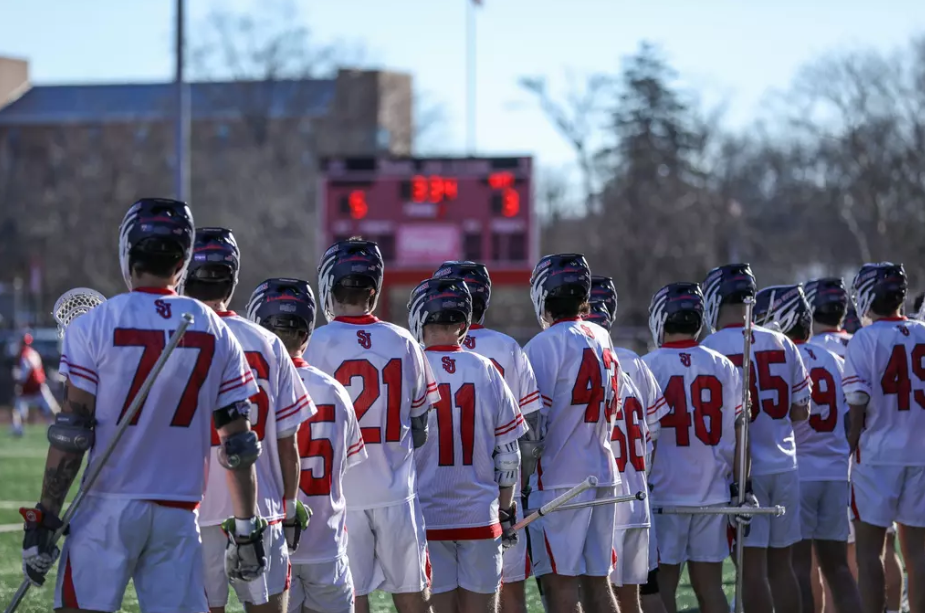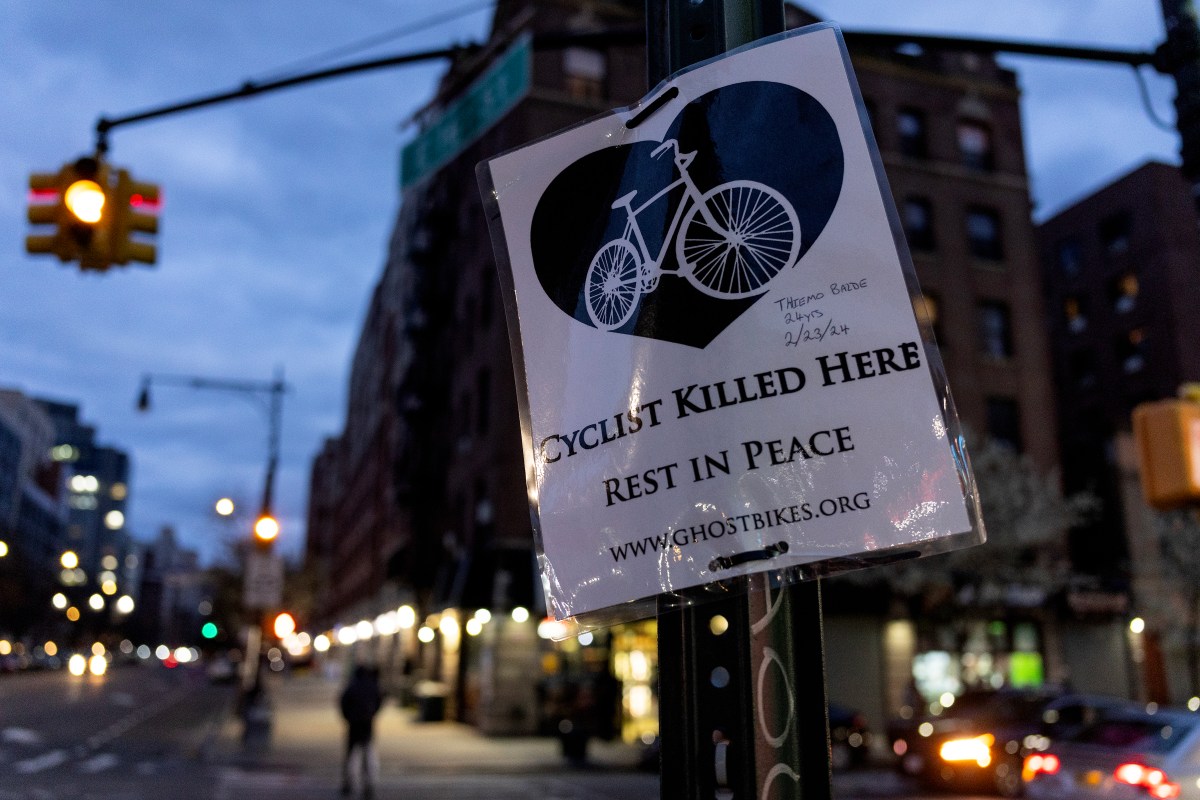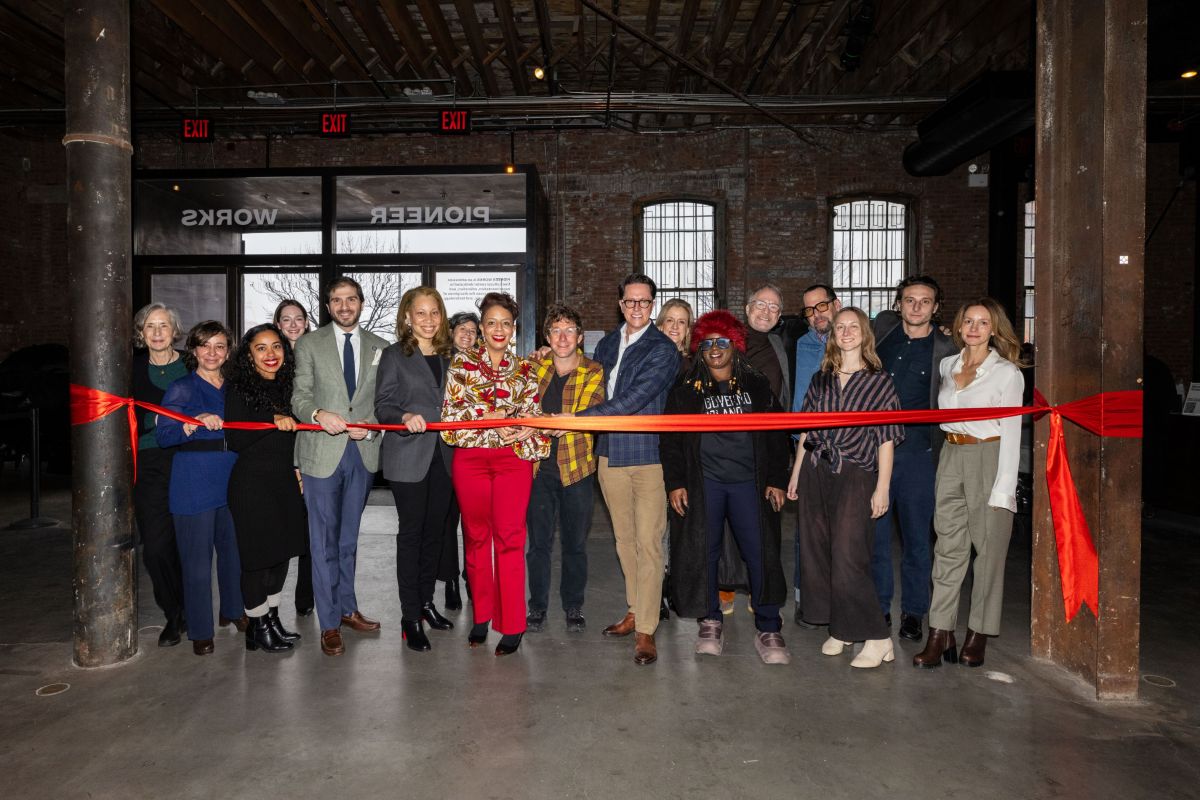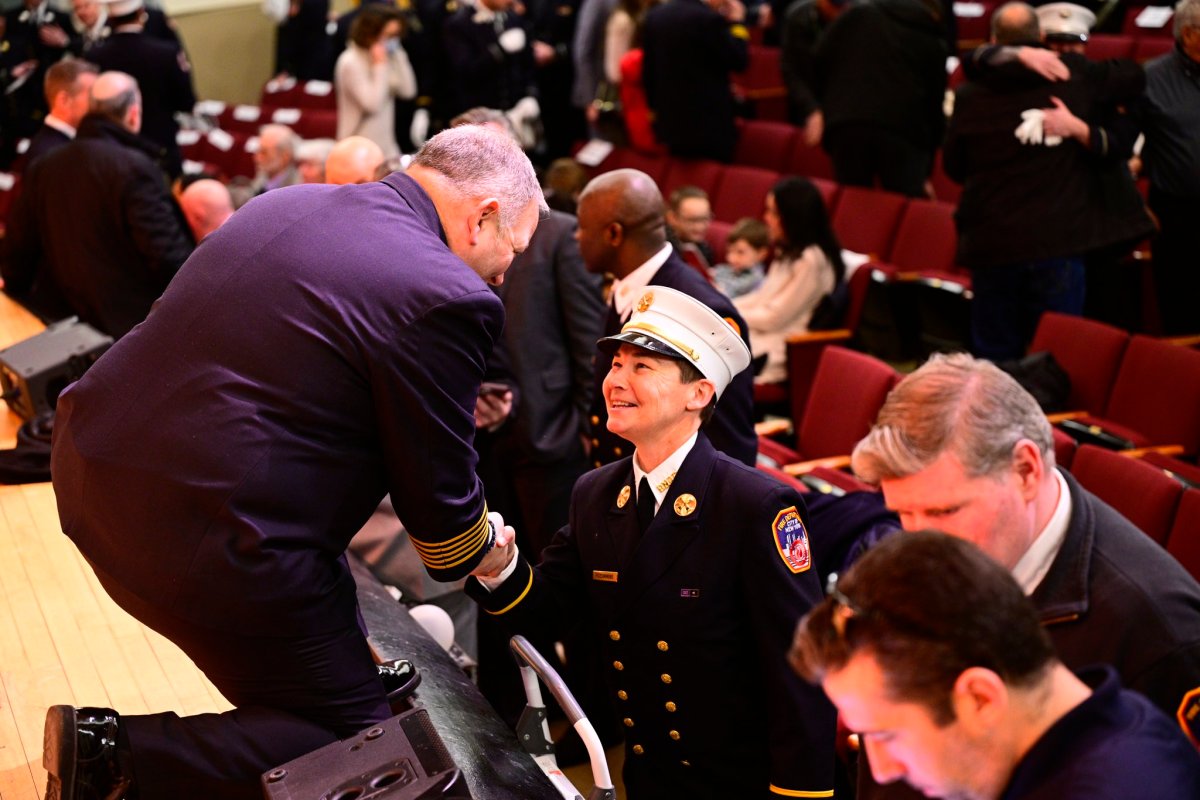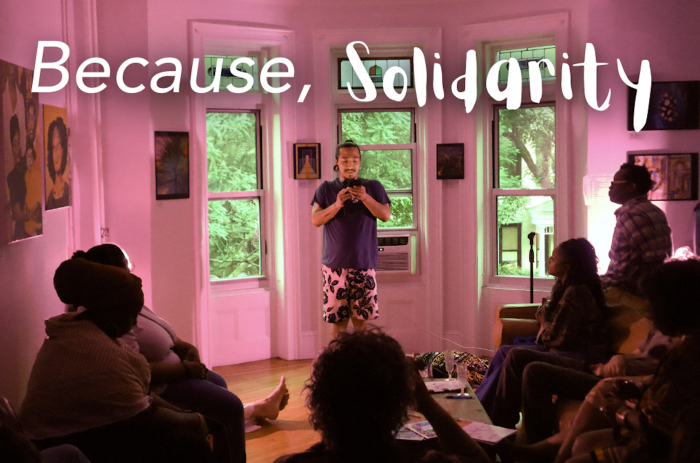
Private real estate companies responsible for keeping elevators functioning in some of the city’s swanky luxury condos and venues are failing to do the same for everyday subway riders, advocates say.
In exchange for building concessions from the city, developers will occasionally take legal responsibility for maintaining and operating nearby MTA subway station elevators. Advocates on Monday called out eight of those private companies for their stewardship of nine of those elevators that rank among the worst in the subway system. One privately maintained elevator at the Atlantic Avenue-Barclays Center station was in service and functioning just 52 percent of the time during the first half of 2018, for example.
“That’s barely better than a coin toss,” said Colin Wright, an advocacy associate at the nonprofit TransitCenter. “It was out for really a disgusting 88 days in the first half of the year.”
The 43 privately maintained elevators in the subway system were out of service more often when compared to the average MTA elevator between January and June of this year. Private-sector elevators maintained a 92.33 percent availability compared to all MTA elevators that maintained a 96.4 percent availability, according to MTA data crunched by TransitCenter.
The Barclays elevator, maintained by BSE Global, which manages the Barclays Center, the Brooklyn Nets and New York Islanders, was the worst-performing elevator in the entire subway system during that time period.
“I’m sure the elevators to the private boxes in the Barclays arena aren’t broken half the time,” Wright continued.
A spokesperson for Barclays Center said the elevator’s manufacturer had gone out of business, making it difficult to find original parts.
“We are well aware of the elevator’s operational issues and are frustrated that this is not resolved,” said the spokesperson in a statement. “We are working diligently to correct the problem by bringing in a new operator that will overhaul the parts and service it.”
The nine worst-performing privately maintained elevators were in total out of service 301 days from January through June 2018, which comes out to 33 days per elevator on average, according to TransitCenter. InterContinental Hotels Group, or IHG, which manages the InterContinental New York Times Square hotel, was responsible for the second- and third- worst-performing private subway elevators — both at the 42nd St-Port Authority Bus Terminal station of the A, C and E lines.
Avalon Willoughby West LLC also made the list of poor elevator managers, overseeing an elevator at the Jay Street-MetroTech station that was available 94.6 percent of the time, meaning the elevator was down roughly 10 days during the first six months of the year. The LLC owns Ava DoBro, a high-rise residential building in Downtown Brooklyn offering one-bedroom apartments starting at $3,040 a month.
In a subway system beset with accessibility issues, including a lack of elevators in many stations, the MTA targets those it does have to be available 96.5 percent of the time, which translates to roughly two weeks of downtime per elevator each year. Other transit operators in cities like Boston and Chicago regularly maintain elevator availability at 99 percent.
TransitCenter, Center for Independence of the Disabled New York and Rise and Resist — members of a coalition called the Elevator Action Group — are calling for better maintenance from the private sector and for the MTA to heap fines onto the companies maintaining oft-broken elevators.
It’s unclear what fines, if any, already have been charged to the companies. The MTA, as well as the seven companies other than BSE Global listed by advocates, did not respond to requests for comment.
Dustin Jones, a board member at CIDNY and wheelchair user, spoke of the frustrations that came with trying to get around a city with a subway system were just about a quarter of all stations have an elevator. For those who rely on them, encountering a broken elevator can add significant time onto commutes, forcing those riders to double back or head out of the way to the next closest accessible station.
“I’m tired, first of all, of being treated like a second-[class] person when it comes to the way I travel,” he said.
The nine worst-performing, privately-managed MTA subway elevators, according to transit advocates:
- Atlantic Avenue-Barclays Center (operated by BSE Global): available 52 percent of the time.
- 42nd Street-Port Authority Bus Terminal station, A,C,E (operated by InterContinental Hotels Group): available 68 percent of the time.
- 42nd Street-Port Authority Bus Terminal station, A,C,E (operated by InterContinental Hotels Group): available 80 percent of the time.
- 42nd Street-Bryant Park station (operated by Hines Incorporated/Bank of China): available 80 percent of the time.
- 28th Street Station, 6 line (operated by Toll Brothers/Equity Residential): available 88 percent of the time.
- Court Square station (operated by Citi Realty Services): available 89 percent of the time.
- Aqueduct Racetrack station (operated by Genting New York): available 90 percent of the time.
- 42nd Street-Bryant Park station (operated by Ivanhoe Cambridge): available 92 percent of the time.
- Jay Street-MetroTech station (operated by Avalon Willoughby West): available 95 percent of the time.




